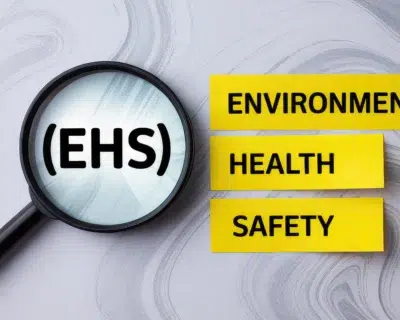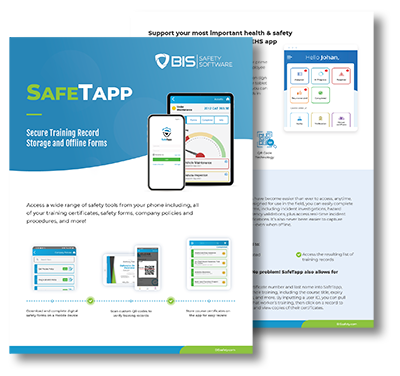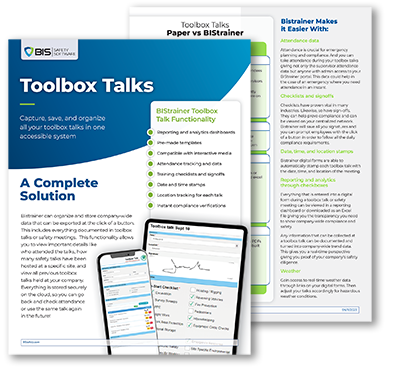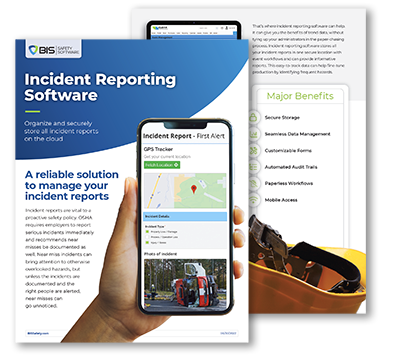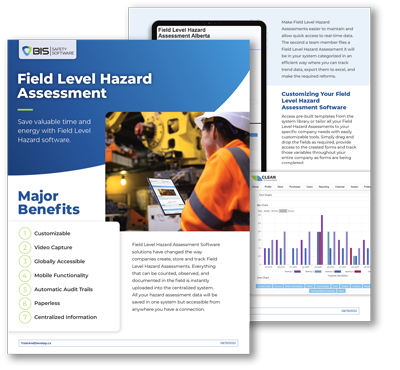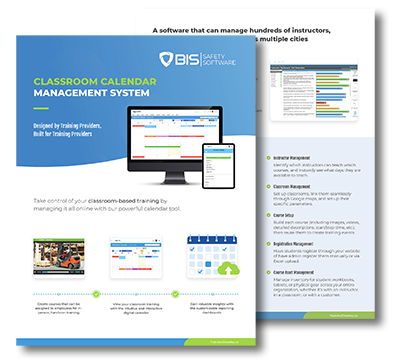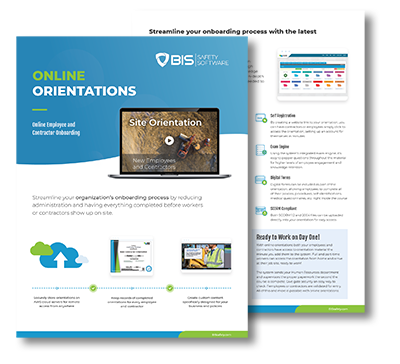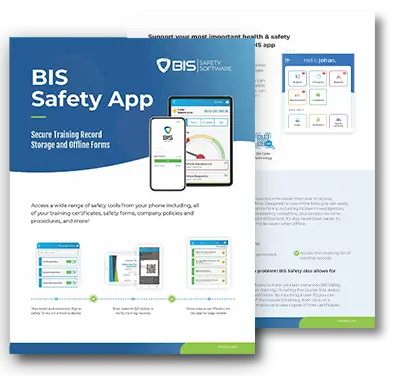
Why Incident Reports Matter More Than You Think
Every slip, spill, or near miss in the workplace holds a story—and incident reports help tell it. These documents are more than just a compliance checkbox. They uncover root causes, identify hazards, and most importantly, prevent tomorrow’s accidents by learning from today’s close calls.
From warehouses to office buildings, when teams document incidents quickly and thoroughly, they create a safety culture based on transparency and learning.
“Incident reports help us catch blind spots before they turn into serious injuries.” — EHS Manager, National Retail Chain
When Should You File an Incident Report?
If something unexpected happens that could harm someone—or did—you need a report. Whether it’s an injury, a vehicle mishap, or a spill, documentation is essential.
Common triggers include:
- Work-related injuries (even minor)
- Equipment malfunctions
- Chemical or material spills
- Unsafe conditions
- Near misses
The sooner the report is filed, the better. Accurate, timely reporting protects employees and keeps your company compliant.
Anatomy of an Effective Incident Report
A strong report is detailed and objective. Include:
- Time, date, and location
- Parties involved
- Incident description
- What led to it
- Witness accounts
- Actions taken
- Any injuries or damage
- Supporting photos or sketches
How to Write an Incident Report in 5 Steps
- Ensure everyone is safe and the area is secure.
- Gather statements and relevant evidence.
- Write a clear, fact-based description.
- Identify the root cause.
- Recommend corrective measures and submit promptly.
Real-World Snapshots
- A factory worker cut their hand on a sharp edge—report led to better PPE policies.
- Forklift near-miss in a warehouse—report triggered a layout redesign.
- Office employee slipped near a leaking water cooler—report resulted in facility maintenance changes.
People Also Ask:
What is the purpose of an incident report?
To document events, understand causes, and prevent future risks.
Who is responsible for filing an incident report?
Usually the injured party or their supervisor, supported by safety personnel.
Are incident reports confidential?
Yes, they are typically handled with discretion and shared only with relevant personnel.
What’s the time limit for filing an incident report?
Best practice is within 24 hours, but check company policy and OSHA requirements.
Final Thought
Incident reports aren’t just about what went wrong—they’re about making things right. By taking them seriously, organizations build a proactive safety culture where people feel heard, problems are addressed early, and risks are minimized before they escalate.




